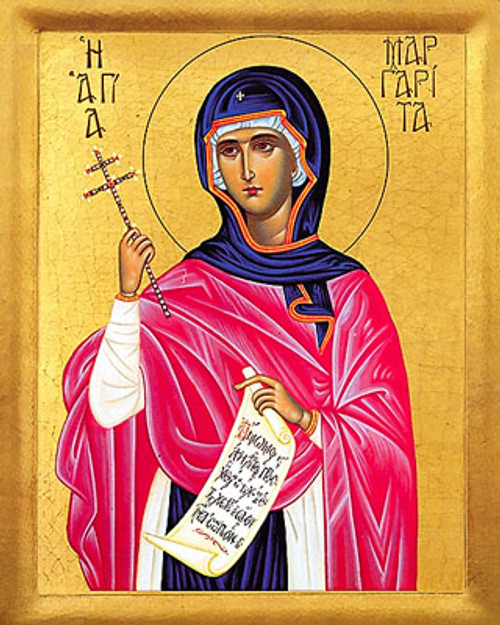St. Brigid of Kildare (February 1, 525)
Commemorated February 1
According to tradition, St. Brigid was born into slavery in Faughart, in modern-day County Louth, Ireland. Her mother, Brocca, was a Christian Pict slave who had been baptized by St. Patrick, and her father was Dubhthach, a chieftain.
St. Brigid is noted for her generosity to the poor. Most of the miracles associated with her relate to healing and household tasks generally attributed to women. Around the age of 10, St. Brigid returned as a household servant to her father, where her habit of charity led her to donate his belongings to anyone who asked.
Legend says St. Brigid was “veiled” or received abbatial powers. St. Brigid and seven companions are credited with organizing communal religious life for women in Ireland. She founded many churches during her travels in Ireland.
Around 480, according to tradition, she established a monastery at Kildare, on the site of a pagan shrine of the Celtic goddess Brigid. This monastery became a center of religion and learning. Tradition says St. Brigid also founded a school of art, including metalwork and illumination at Kildare. It was here that the “Book of Kildare” was made.
St. Brigid’s friendship with St. Patrick is noted in the Book of Armagh: “Between St. Patrick and St. Brigid, the pillars of the Irish people, there was so great a friendship of charity that they had but one heart and one mind. Through him and through her Christ performed many great works.”
From her scroll: "To satisfy the poor, to expel every hardship, to spare every miserable man."
Alternate spelling: Bridgid, Bridgit, Brigit.
Exact Dimensions:
Small ~ 3.6x6”
Large ~ 5.9x10”
X-Large ~ 10x17”
Please contact us for larger sizes.







